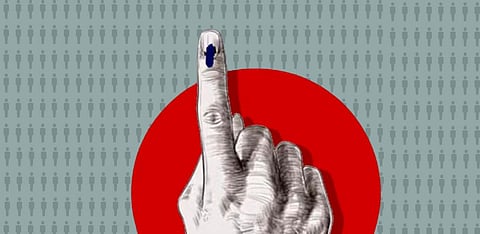Digital Rights
The myth of an informed choice: Algorithms and information echo chambers on the rise in Indian politics
The digital revolution was supposed to bring the world, and the voters in a democracy together to discuss ideas and increase accountability and transparency. Has it ended in creating perpetual echo chambers?

